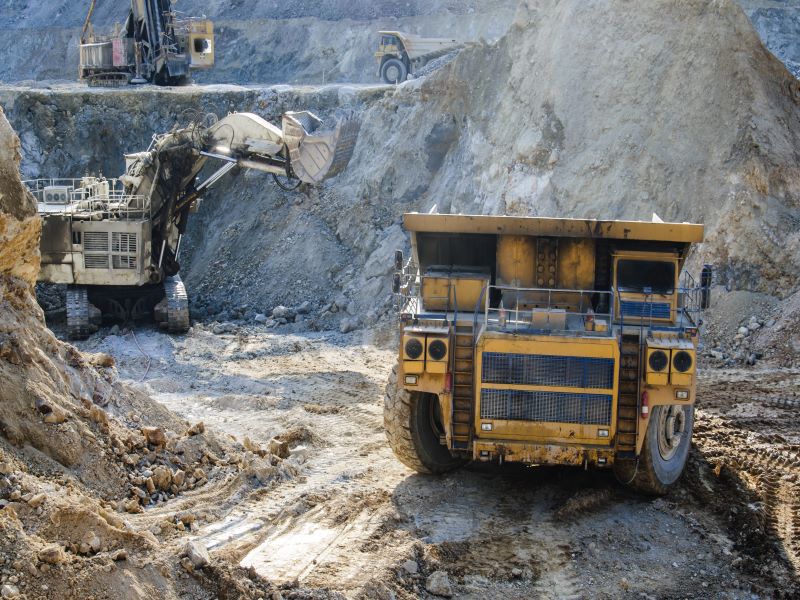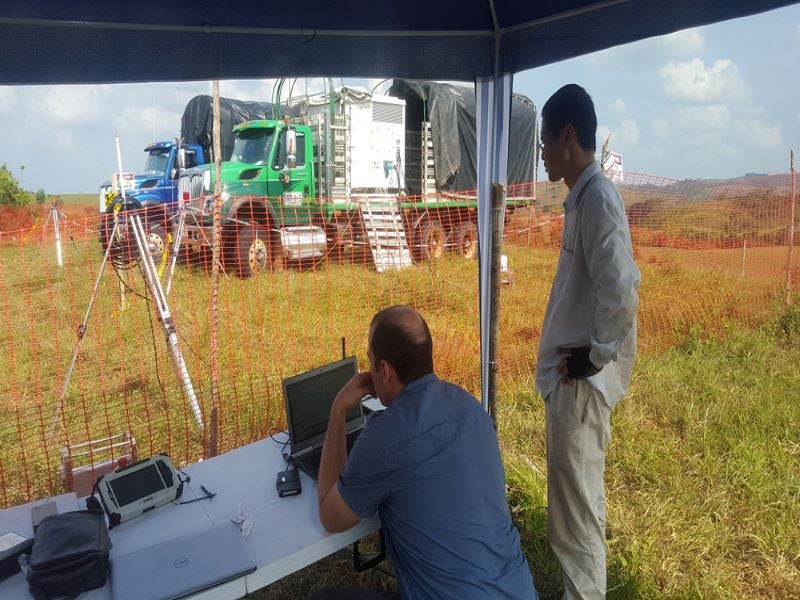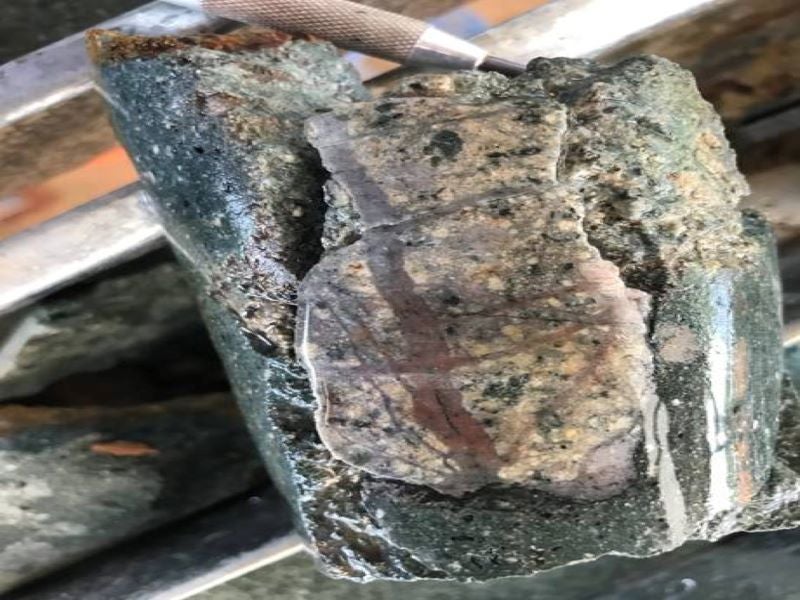The San Matias copper-gold-silver project is an open-pit mine proposed to be developed in Colombia by Cordoba Minerals, a Canadian mineral exploration company.
The San Matias project comprises the Alacran deposit and the Montiel East, Montiel West, and Costa Azul satellite deposits.
A pre-feasibility study (PFS) for the project with focus on the Alacran deposit was completed in January 2022. The PFS outlined a life of mine (LOM) of 13 years and an initial investment of approximately $433m.
The project is estimated to have an annual production rate of 848.6 million pounds (Mlb) of copper, 0.68 million ounce (Moz) of gold, and 4.7Moz of silver.
Project location and geology
San Matias copper-gold-silver project is located in the Puerto Libertador municipality, about 390km north-west of Bogota, Colombia.
The project is located in the foothills of the Western Cordillera, with host rocks belonging to the Upper Cretaceous Cañasgordas Group, which comprises the basaltic Barroso formation, and the Penderisco formation of chert, turbidites, and limestone.
The Alacran, Montiel East, and Costa Azul deposits are dominated by intrusive rocks. The Alacan deposit also hosts volcaniclastic rocks, while the Montiel West deposit features volcanic rocks. The volcanics and volcaniclastics rocks of the region are believed to belong to the Barroso formation of early Cretaceous era.
San Matias mineralisation and reserves
The copper-gold-silver mineralisation at the Alacran deposit is hosted by a Cretaceous succession of mafic volcanic rocks overlain by a calcareous volcaniclastic sequence. The volcaniclastic sequence has a thickness of about 550m, while the the diorites are approximately 200m in thickness.
The probable mineral reserves at the Alacran deposit are estimated at 102.1 million tonnes (Mt) grading 0.41% copper, 0.26 g/t gold, and 2.3 g/t silver, as of October 2021.
Mining and ore processing at San Matias copper-gold-silver project
The San Matias copper-gold-silver project is envisioned to be developed as a conventional open-pit mining operation with drilling and blasting methods. The operation will involve a backhoe type excavator, a front-end loader, and haul trucks, as well as ancillary equipment such as graders, dozers, and maintenance, support and utility vehicles.
The project is designed to deliver 22,000 tonnes per day (tpd) of material to the processing facility. The mill feed will include 20,000tpd of fresh/transition economic material and 2,000tpd of economic saprolite.
Processing
The processing plant is expected to have a throughput of 22,000 metric tonnes per day (mtpd) for an annual feed rate of 8.03Mt.
The run of mine (ROM) ore will be crushed in a primary gyratory crusher to a P80 size of 150mm. The grinding circuit will feature a conventional semi-autogenous ball mill crusher (SABC) arrangement with the ball mill operating in closed-circuit with hydrocyclones. The hydrocyclone overflow P80 of 200µm will be sent to the roughing circuit for flotation.
A gravity concentrator fitted to the cyclone underflow will be used to process up to 30% of the underflow to produce a dedicated gold-silver concentrate, which will be transferred to a separable and secure concentrate bagging system. The concentrate may be marketed separately or recombined with the aggregate concentrate product.
The flotation process will be implemented through a four-stage circuit comprising the rougher, and primary, secondary and tertiary cleaner stages. The equipment used in all the stages except the tertiary cleaning stage will be conventional mechanical tank cells, while the tertiary cleaning stage will employ a column cell technology.
The final concentrate from the tertiary cleaner will be sent to a concentrate thickener, where the feed slurry will be mixed with anionic flocculant and thickened. The thickened concentrate will be sent to a concentrate pressure filter to further reduce the water content and produce the final concentrate target of 91% solids.
Infrastructure
The project site can be accessed via a 70km paved road from Caucasia to Puerto Libertador. A 21km-long partially unsurfaced road from Puerto Libertador leads to the exploration camp. The core shack can be accessed from the camp via a 5km unsurfaced road.
The project is estimated to have a peak power demand of about 41MW, which is expected to be supplied through a new 35km-long, 110kV line connecting to the Cerro Matoso substation. A 1,500kW diesel-fuelled generator set will provide back-up power.
The freshwater supply will be from the mill influent metals and the total suspended solids removal plant, which will draw from the San Juan River. The process water for the project will be sourced from the waste management facility, via a pump on a barge.
A pipeline will be installed to transfer process water to the concentrator plant.
Contractors involved
Nordmin Engineering, an engineering consultant based in Canada, was engaged to prepare the PFS for the project. It performed studies related to geology, resource, reserve, open-pit mining, processing, surface infrastructure, and water treatment facility.
Knight Piésold, a global consulting firm, contributed to the PFS by conducting studies related to water management, waste management facility, and geotechnical analysis for site infrastructure.
Stantec Consulting Chile conducted the geotechnical study for the open-pit mining, while Intera Geoscience & Engineering Solutions was responsible for the hydrogeology, geochemistry, environmental study, and permitting.
Blue Coast Research, a Canadian metallurgy company, was responsible for the mineral processing and metallurgical test work at the San Matias project.





